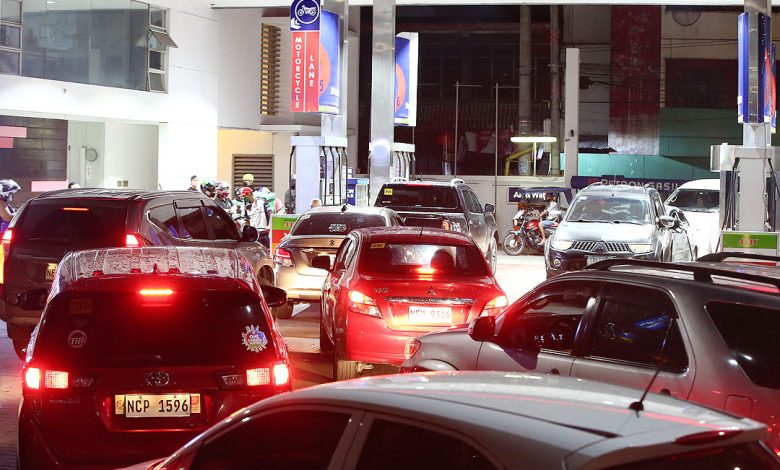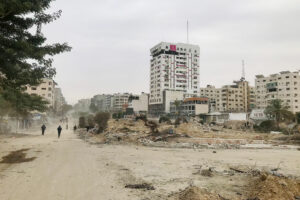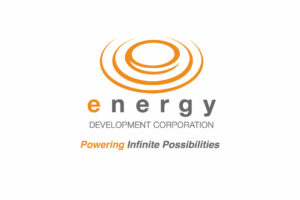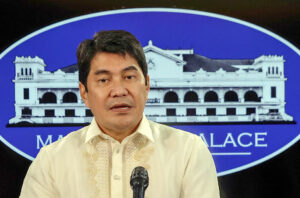Of quick fixes, pass through and silver linings

MOTORISTS crowd a gasoline station along España Boulevard in Manila as they gas up before a major hike in petroleum products on March 15. — PHILIPPINE STAR/ MIGUEL DE GUZMAN
It’s beginning to look a little like the 1970s, the Oil Price Crises decade. Those who share my ripe seniority can relate. In the wake of the Yom Kippur War in 1972, the Arab world through OPEC (Organization of the Petroleum Exporting Countries) decided to constrict oil supply, thereby forcing the world oil price to spike from an average of $3/barrel of oil in 1972 to $12/barrel in 1974 and to about $37/barrel after the Iran oil embargo in 1981. Gas station queues, global and local economic contractions, record unemployment and inflation (“stagflation” was the byword) were the result. One difference, among others, stands out: in 1970s, there wasn’t this profound grief and rage over innocent lives mangled and/or snuffed out.
Amidst all the fear and loathing, relief will come, though we do not know when exactly and how much. The latest price spike has doubled the average world price to, and which will yoyo around, $100/barrel as of March 2022. The global market can replace but only slowly the 2-3 million barrels per day of Russian oil withdrawn. During the OPEC oil crises era, the elevated price prompted the surge of North Sea and other non-OPEC oil and gas, which shortened the duration of elevated inflation. From 1986 to 1999, the per barrel price of oil was below $21! This time, the price will tempt a ramped up Middle East and other regional oil outputs. Demand reduction from China’s COVID-related lockdown has already softened the rise.
When from 2010-2014 oil price averaged about $90/barrel, fracking started cracking and by 2016 had helped cut down the world price to $38/barrel. Many fracking rigs, however, soon closed at so low a price. Gas output in the USA will ramp up as the inadequate pipelines improve. Investors are waiting to see if the elevated prices have staying power and where they finally settle. More apropos, we pray that the two sides in the conflict may still embrace realpolitik to stop the shooting and start rebuilding on new territorial boundaries.
The imported fossil fuel price volatility we cannot control. We control how we respond which will determine how fast we recover. During the 1970s, many countries resorted to quick fixes, such as overt and/or covert (disguised as fuel rationing), tax cuts, and price controls. A few countries adopted the “pass through and reset” policy. The latter countries, among them South Korea in 1973 and Taiwan in 1979, saw higher initial inflation but more quickly receded, allowing a quicker return of investment and growth (Khourk, 1991). Most countries, including the Philippines, in an effort to instantiate compassion for the poor, opted to drip-drip the price impact on consumers regardless of capacity but which produced a lingering inflation postponing the return of investment. Either way, inflation will rear its head but recovery is quicker and compassion more enduring with a pass through and reset.
Quick fixes that mortgage our future are the danger. In this season of election insanity, the Pavlovian tendency favors soft-headed but politically savvy easy outs: legislated wage increases, tax cuts, and price controls. Legislated wage increases will start a cascade of secondary price increases that can persist for a long time. Price controls trigger supply shortfalls resulting in secondary price increases. Tax cuts will sideswipe an already tenuous fiscal viability. The economy remains febrile for a much longer time than with a price pass through.
The lifting of the excise tax on fuel is a red button quick fix. Fuel excise taxes generate P131 billion per year for government coffers. If lifted, the gasoline pump price today at P77/liter will immediately drop to P67/liter and diesel will fall to P59/liter from P65/liter. But who really benefits? Affluent households commuting in air-conditioned private SUVs will get a bounty. Farmers and workers who walk or bike to work will not benefit but just the same they get hit by secondary commodity and food inflation.
Kudos to NEDA (National Economic and Development Authority) which recommended, and President Duterte accepted, keeping the excise tax and instead using the proceeds for targeted cash transfers to the poorest households and for discount vouchers to public conveyance. Let’s use digital payment platforms to facilitate the process. Whoever said that a “soft heart for the poor” is a monopoly of “soft heads” got it wrong. The more affluent beneficiaries of our market economy should embrace the “price pass through and reset” policy.
Is there a silver lining? In the 1970s, the price spike woke the world up to fuel conservation and gas savers like the humble Japanese car Datsun. This time around, renewables will get a decisive boost, helping accelerate de-carbonization not just because of lower price per MWh but because fossil fuel price volatility is painful. Battery and other power storage systems that shift consumption to off-peak hours and provide ancillary services to the grid thus averting the need for fossil-fed peaker plants, will become even more attractive! Residential and business rooftop solar PV investment will get a shot in the arm, which it did not get from state subsidy in the Philippines. Government owns extensive idle rooftops (among public schools, say) and will be remiss not to convert these into solar farms. Extensive idle rooftops owned by businesses should be taxed contingently, that is, until utilized as solar PV power farms. The shift to EV transport will now get the traction it needs, more so with EVIDA (Electric Vehicle Industry Development Act) about to be signed into law. Private business should lead the charge to the decarbonized world.
Kudos to Meralco President and CEO Ray Espinosa for trailblazing with its eSakay, an all-electric public conveyance plying the Mandaluyong-Makati circuit, and for shifting its utility vehicles fleet to EV propulsion! Small steps perhaps but giant ones when multiplied a thousand times. Bottomline consideration is now overtaken by love for Mother Earth in the embrace of renewables, and private business must cease avoiding emerging decarbonization opportunities.
The imperative is to avoid short-term remedies that become long-term liabilities. Take the Oil Price Stabilization Fund (OPSF), which was created in 1984 by dictator Ferdinand Marcos’ PD 1956 in the wake of the Second Oil Crisis. It was amended by EO 137 of President Cory Aquino in 1987. While possibly beneficial in theory, politics and corruption in the monopoly of petroleum import so marred its implementation that it became a black hole gobbling up substantial fiscal resources. Much needed public infrastructure scrambled for crumbs from the fiscal table and/or was not built while private car owners were subsidized. The OPSF era was when we raced headlong to the bottom of the Asian league table. The lifting of OPSF in 1998, together with MWSS privatization a year earlier and EPIRA subsequently, led to the fiscal consolidation in the next decades. Credit upgrades, the financing for an upsized 4Ps program and even for BBB resulted.
Horror of horrors! Presidential candidate BB Marcos has called for OPSF to be reinstalled! Insane! BB Marcos, obsessed with proving his forebear a genius, promises a repeat of the season of insanity pioneered by Apo Ferdie. Vote wisely.
Raul V. Fabella is a retired professor of the UP School of Economics, a member of the National Academy of Science and Technology and an honorary professor of the Asian Institute of Management. He gets his dopamine fix from bicycling and tending flowers with wife Teena.




